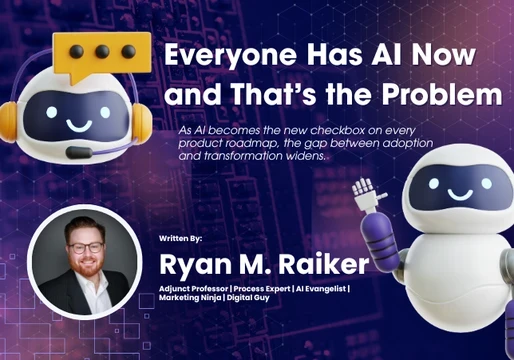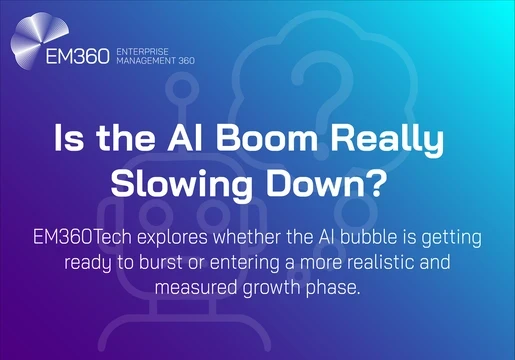Almost every business wants to leverage AI to transform their operations, but it can be difficult to know where to start.
Enter Machine Learning as a Service (MLaaS).
This cloud based approach allows organizations to access machine learning tools and algorithms, making them ultimately able to train personalized AI models, without the need for high levels of expertise or investment.
In this article we’re exploring machine learning as a service as well as its key components including explaining pretrained models, model training environments, APIs and data processing services.

What is Machine Learning as a Service?
Machine learning as a service is a cloud based approach to machine learning. It allows businesses to develop and deploy artificial intelligence models without massive infrastructure or granular levels of expertise.
This avoids the need to build out and invest in significant architecture and talent required to build a machine learning model from scratch.
By successfully leveraging cloud infrastructure, machine learning as a service also eliminates the need for businesses to invest in hardware and software.
The accessibility of machine learning as a service allows organizations of all sizes to utilize AI effectively, helping to improve efficiency and productivity.
What are Pretrained Models?
Pretrained models can be utilized to achieve common repetitive tasks. This includes skills like analyzing images, natural language processing, and speech-to-text.
They allow businesses to quickly integrate AI into workflow without the need for data science expertise or a lengthy training process. These pretrained models can be developed using massive datasets and specialised algorithms. This means they often produce results that have high levels of accuracy and performance, compared to if companies were to build for themselves.
What are Model Training Environments?
Model training environments provide the infrastructure and tools to build and train custom machine learning models using their own organizational data.
Model training environments offer data storage tools to organize and access your training data. Through powerful computing processors (CPUs) and graphic processors (GPUs) they are able to accelerate model training.
Their debugging and monitoring tools help organization to fix issues in the model training process so that they don’t impact the final output whilst algorithms libraries can help quickly build different machine learning model types, including neural networks and decision trees.
What are APIs?
API’s, or application programming interfaces, are what allows developers to integrate machine learning into their own software. API allows businesses own software to send data to the model and receive predictions or results.
APIs allow for flexibility as they can integrate with different models, scalability as they can handle increasing demands and they can easily incorporate machine learning into existing applications.
What are Data Preprocessing Services?
Data preprocessing services help to clean, transform and prepare data for model training. This ensures that the data being fed to a machine learning model is high enough quality and ensures a powerful model performance.
Data cleaning involves correcting inconsistencies, removing outliers and addressing any missing values. Data transformation involves converting data into the right format for the machine learning algorithm.







Comments ( 0 )